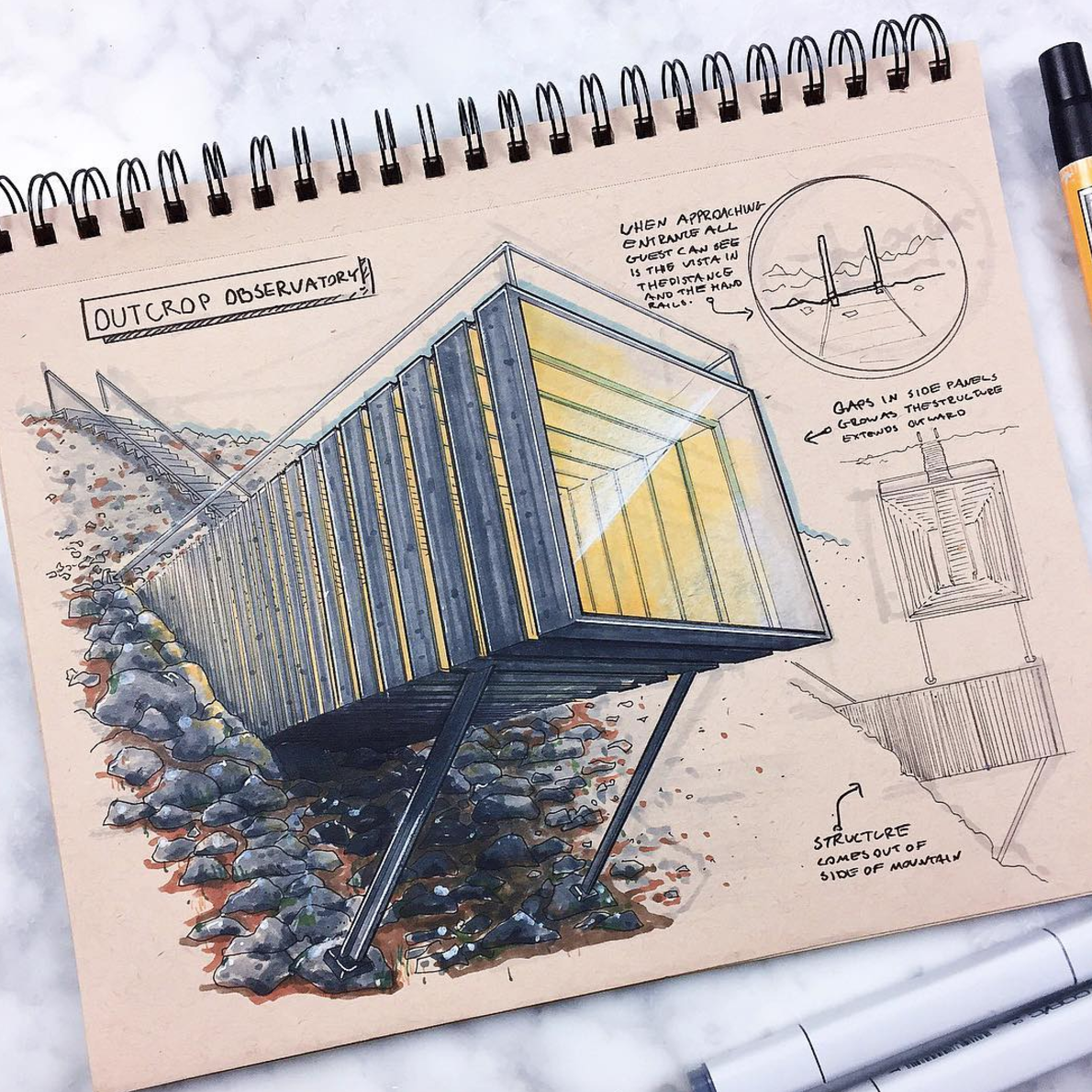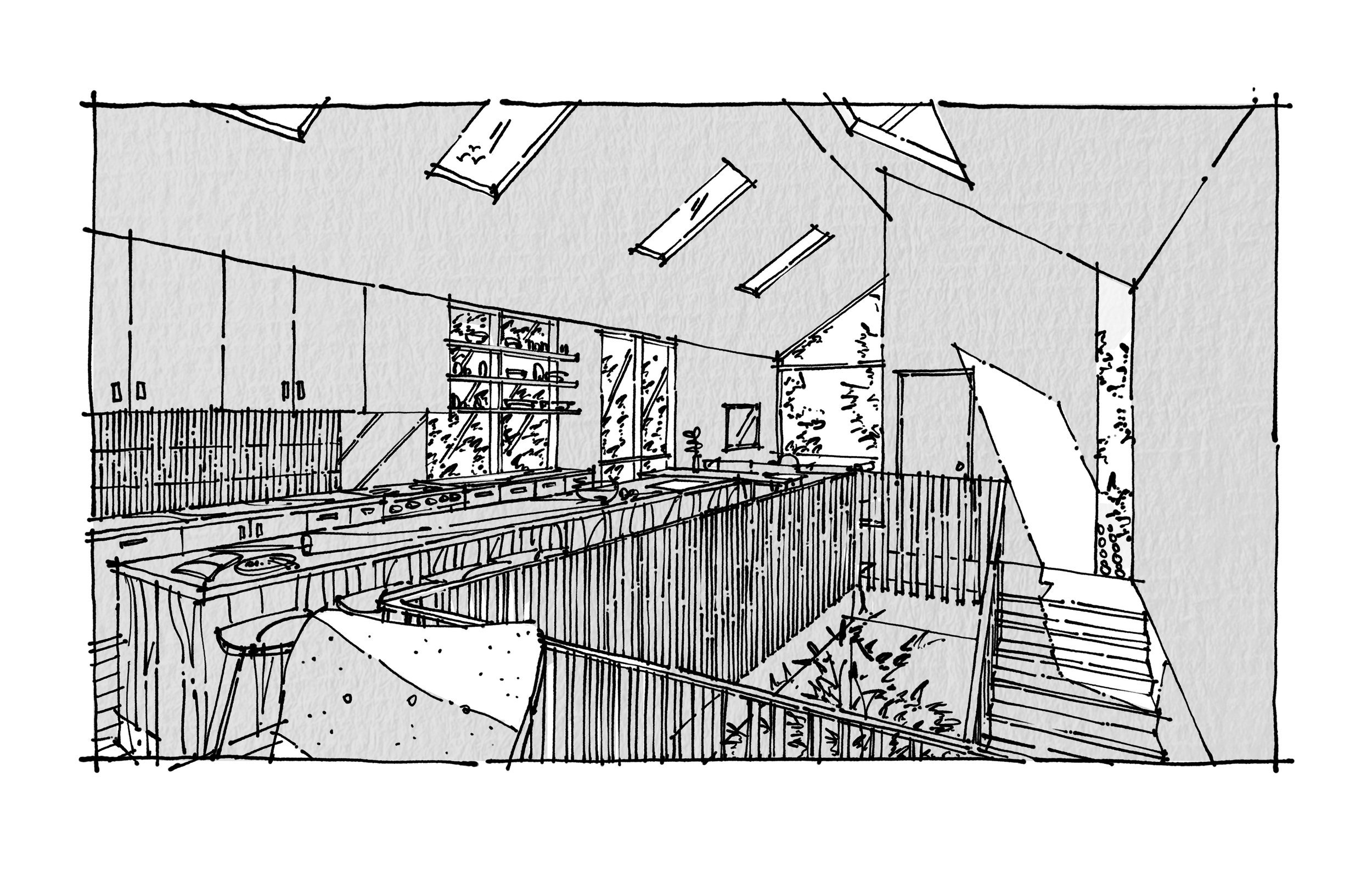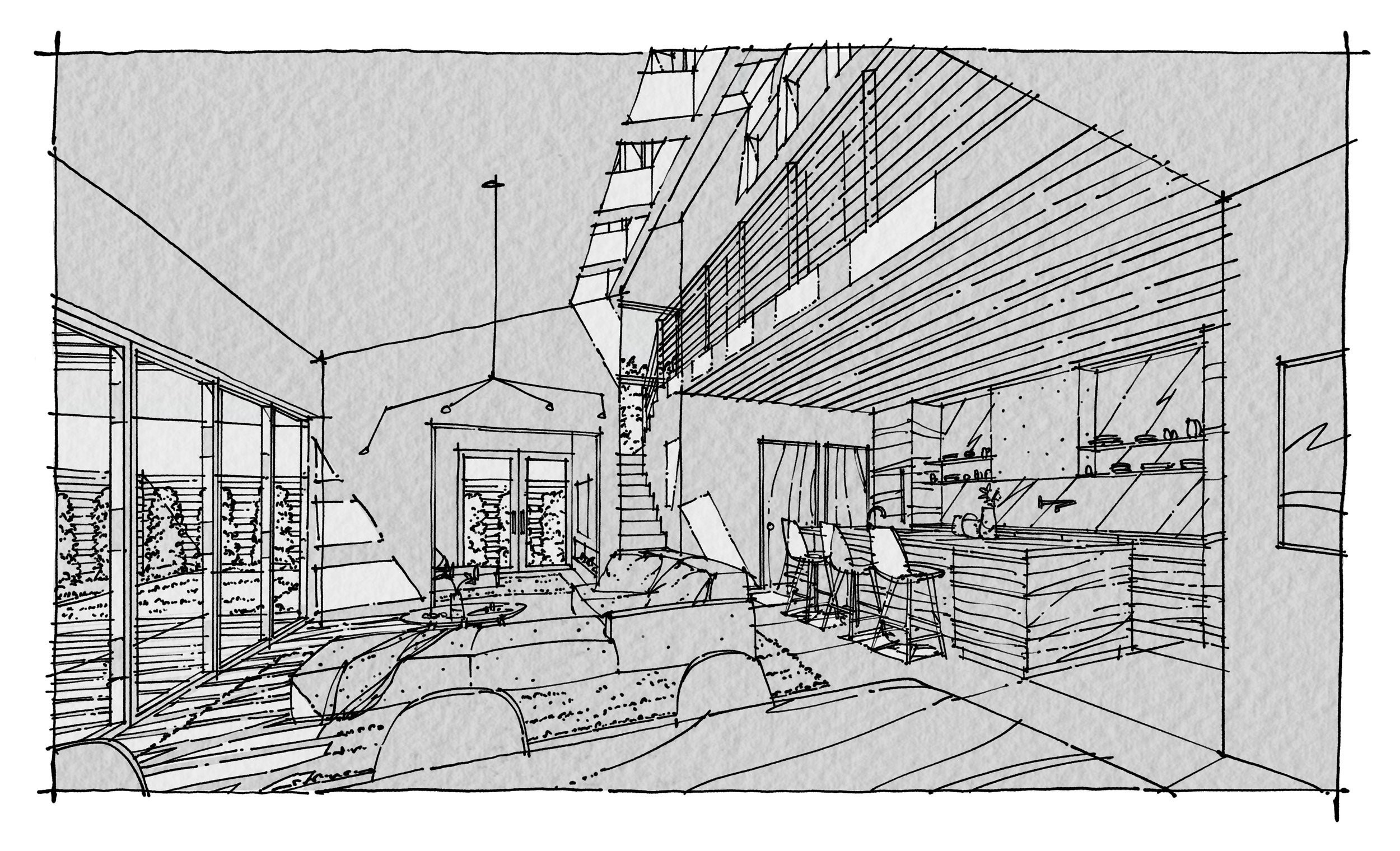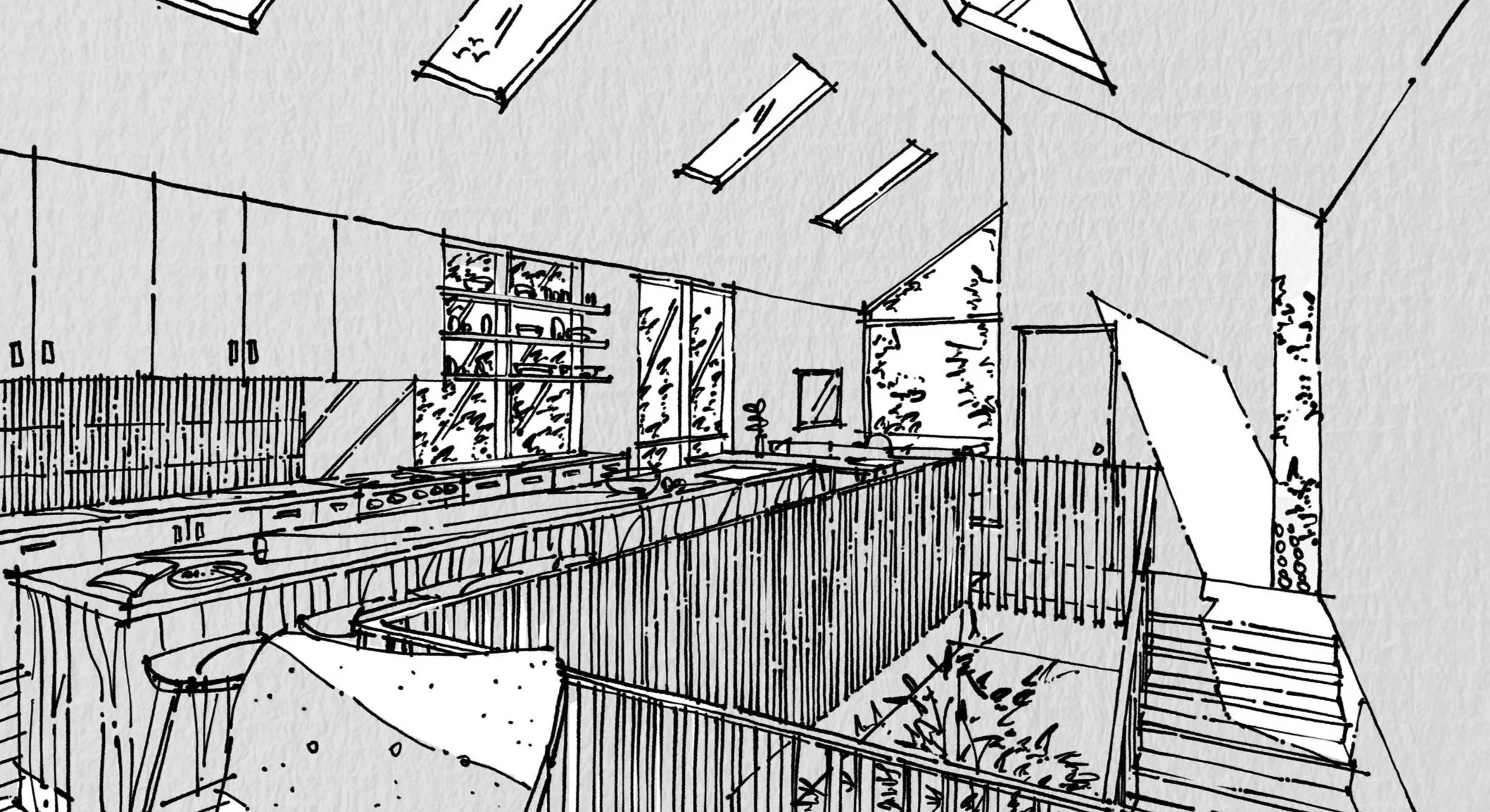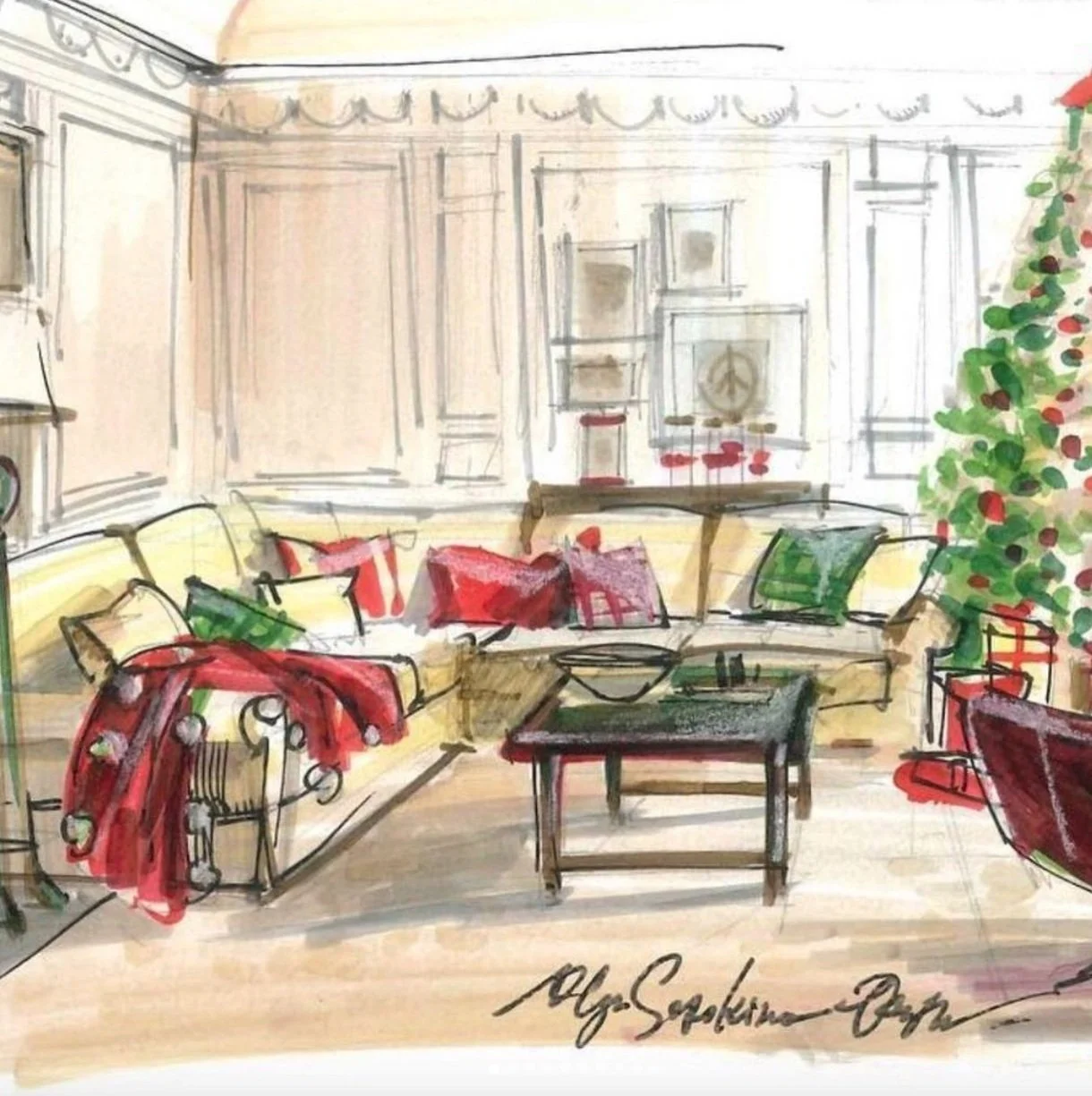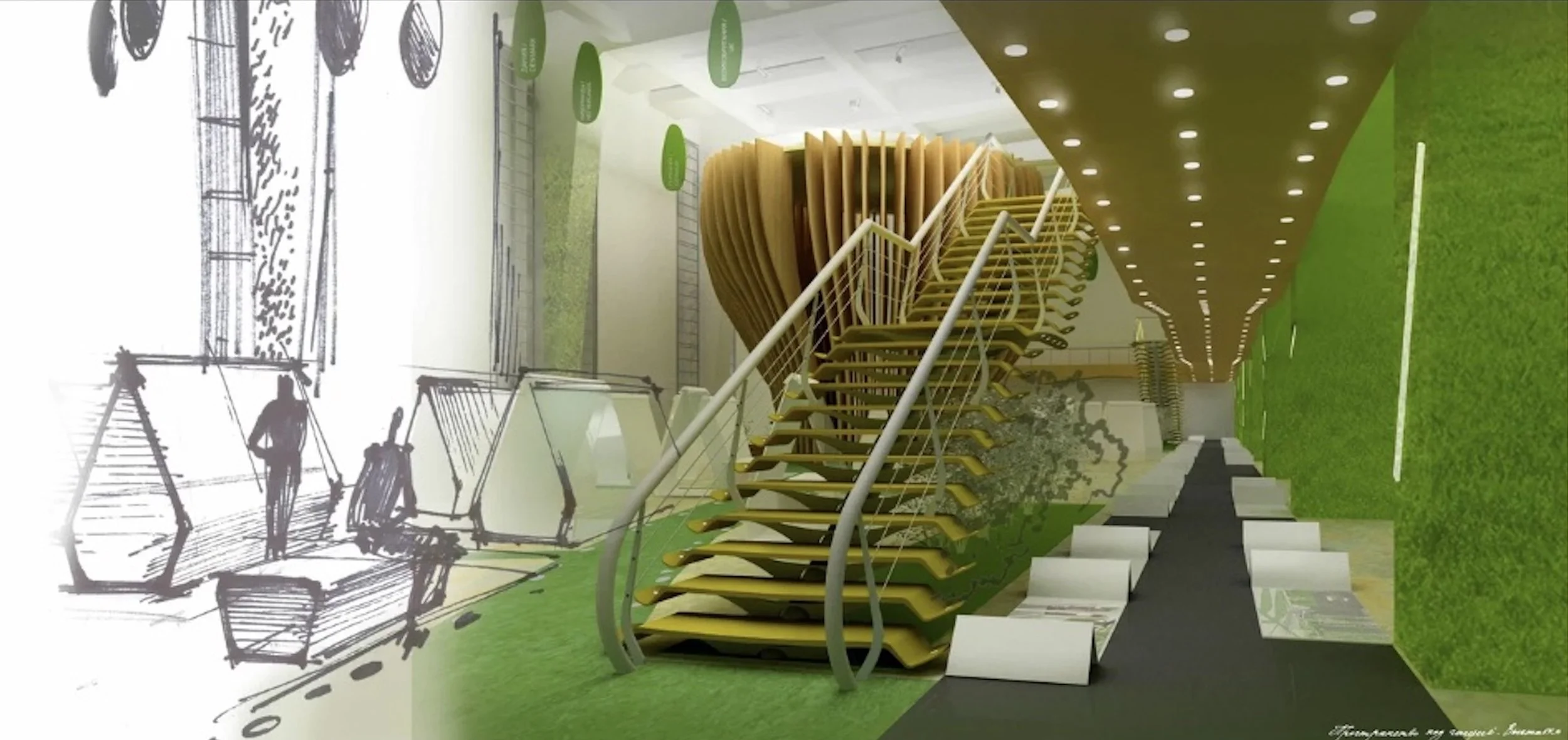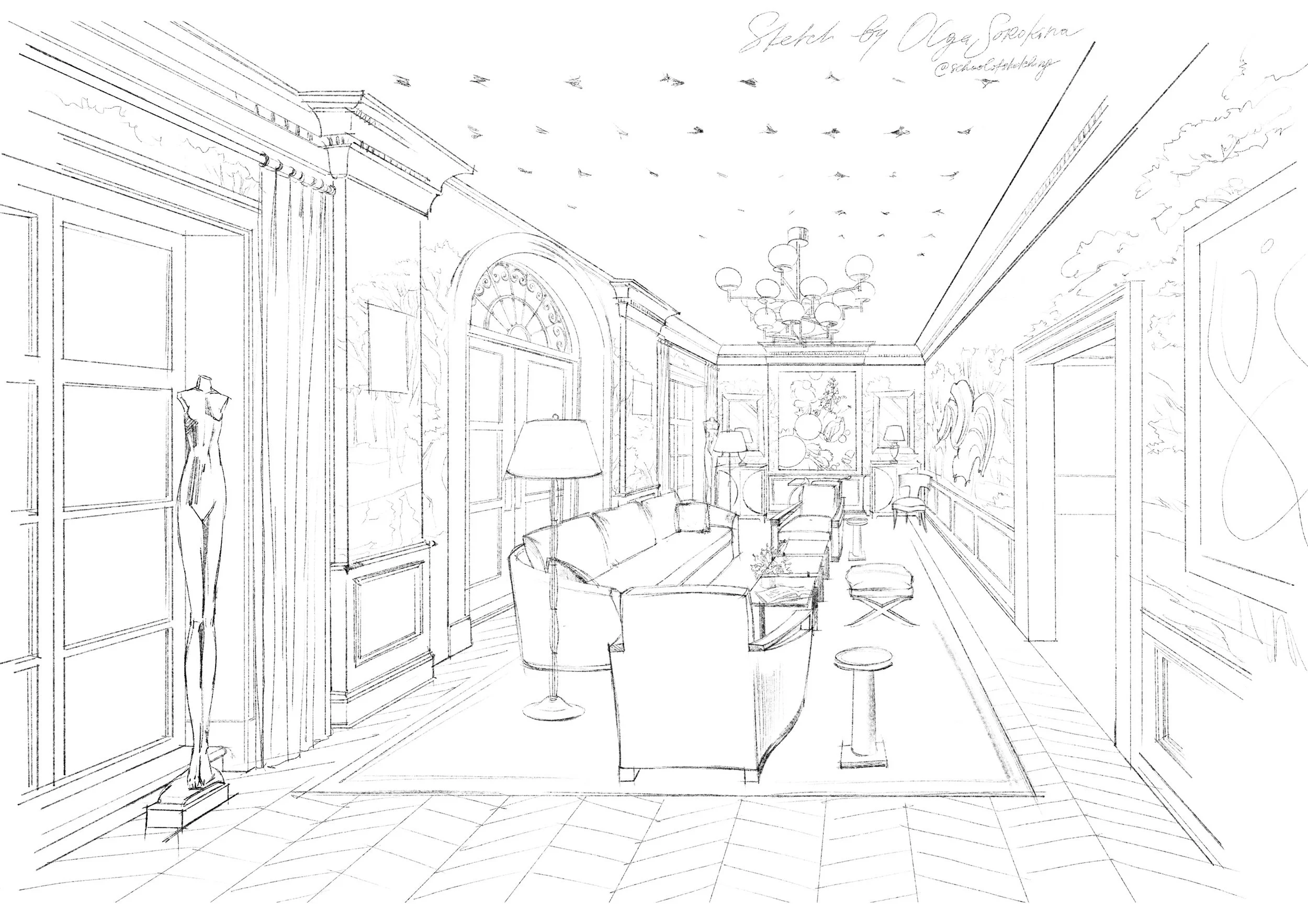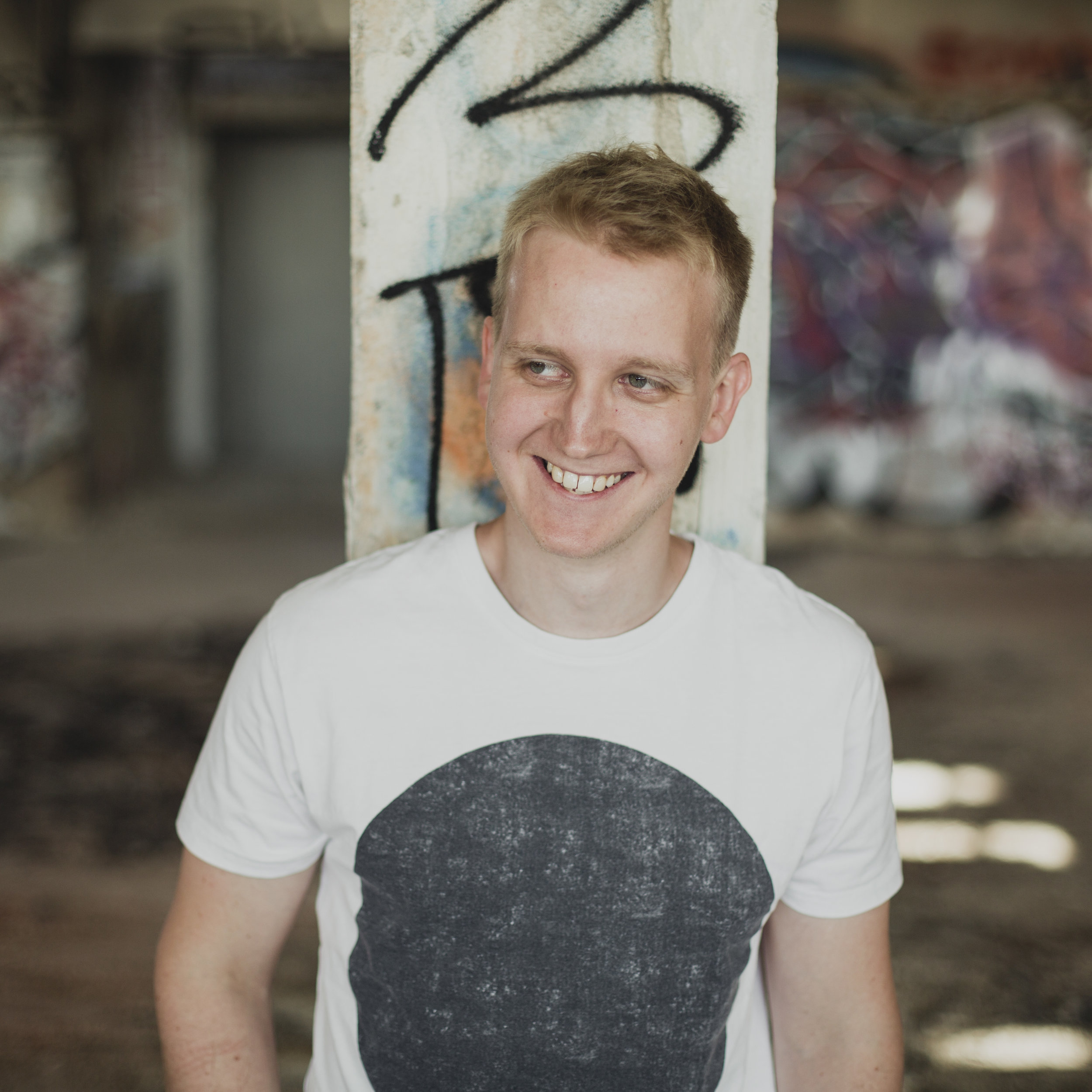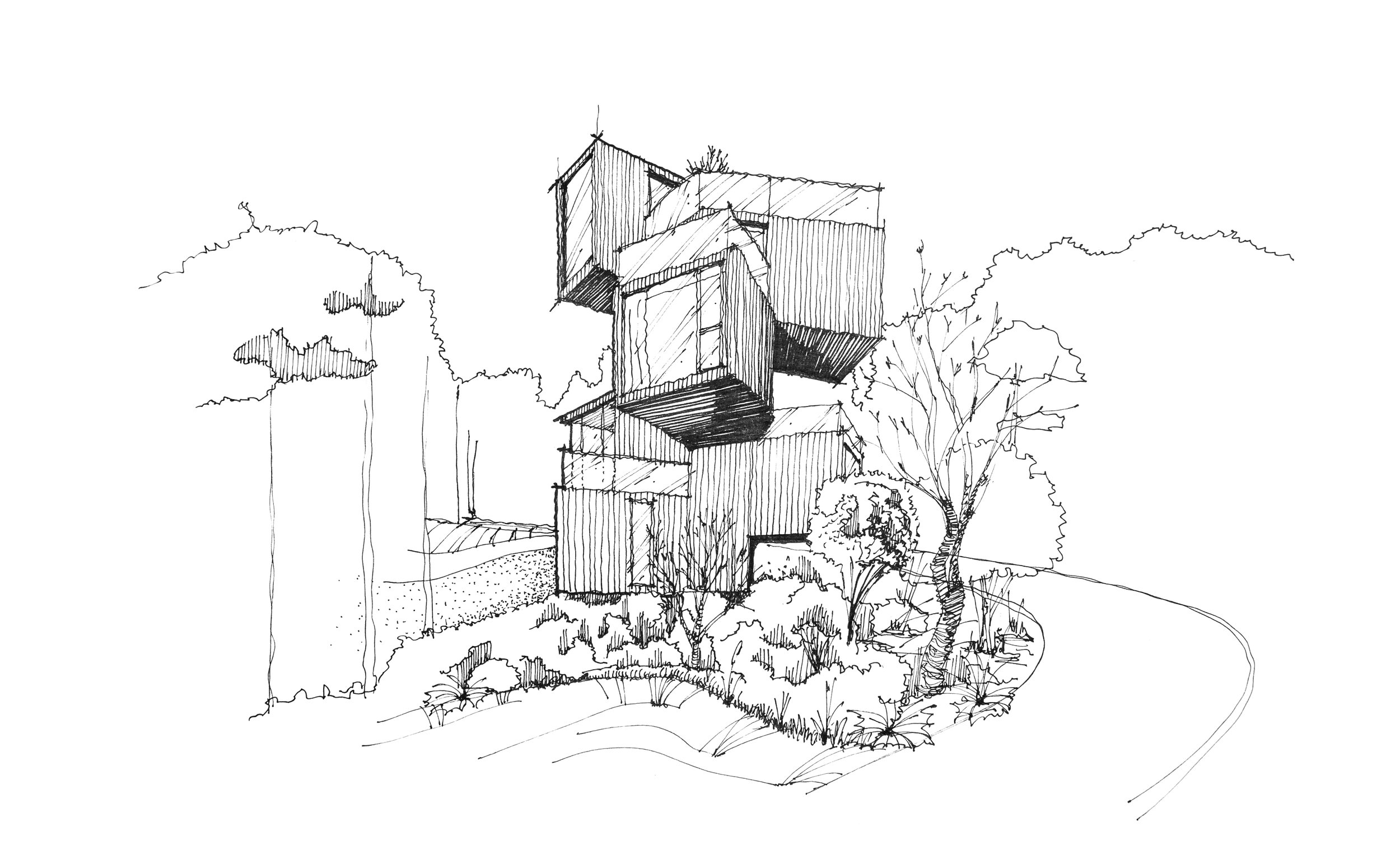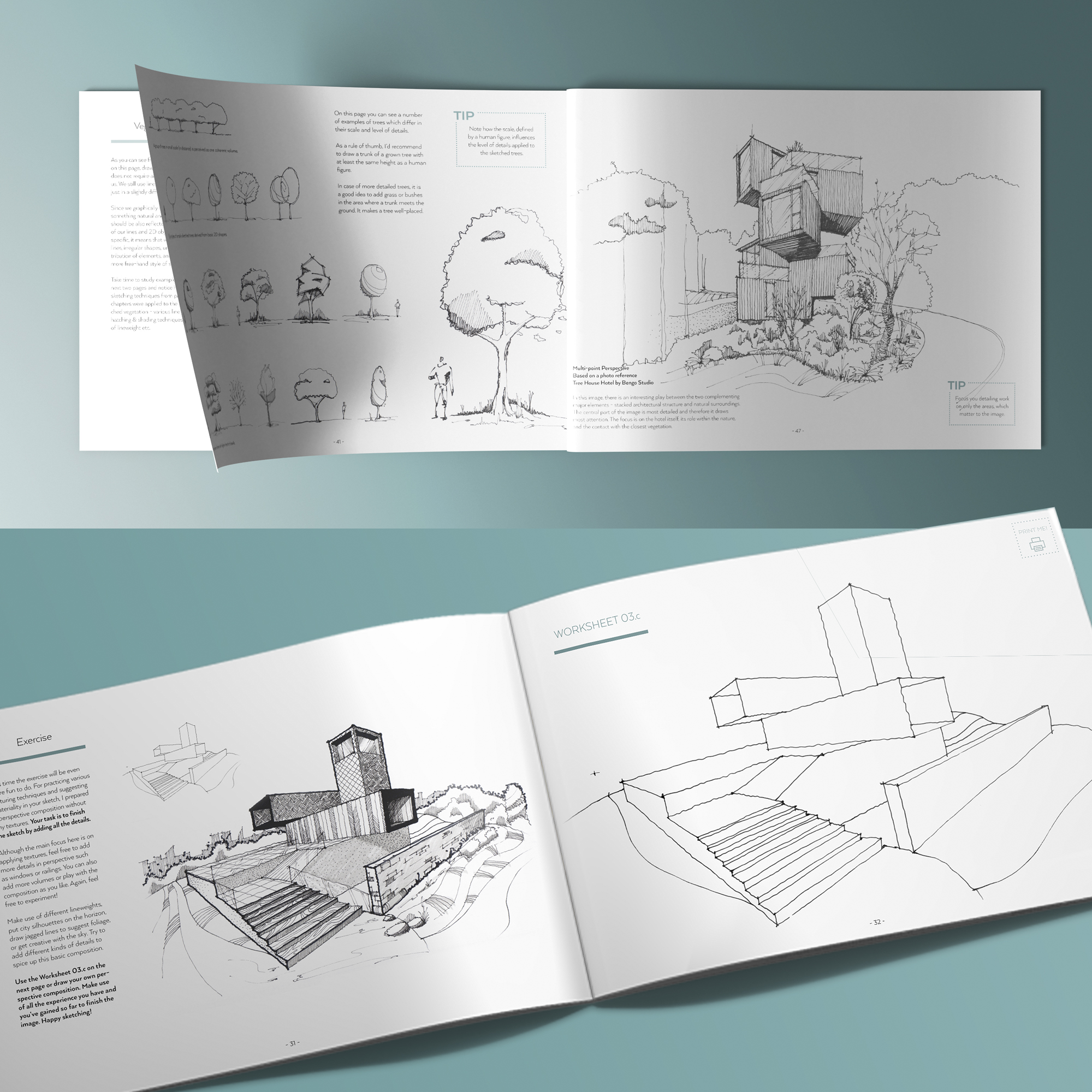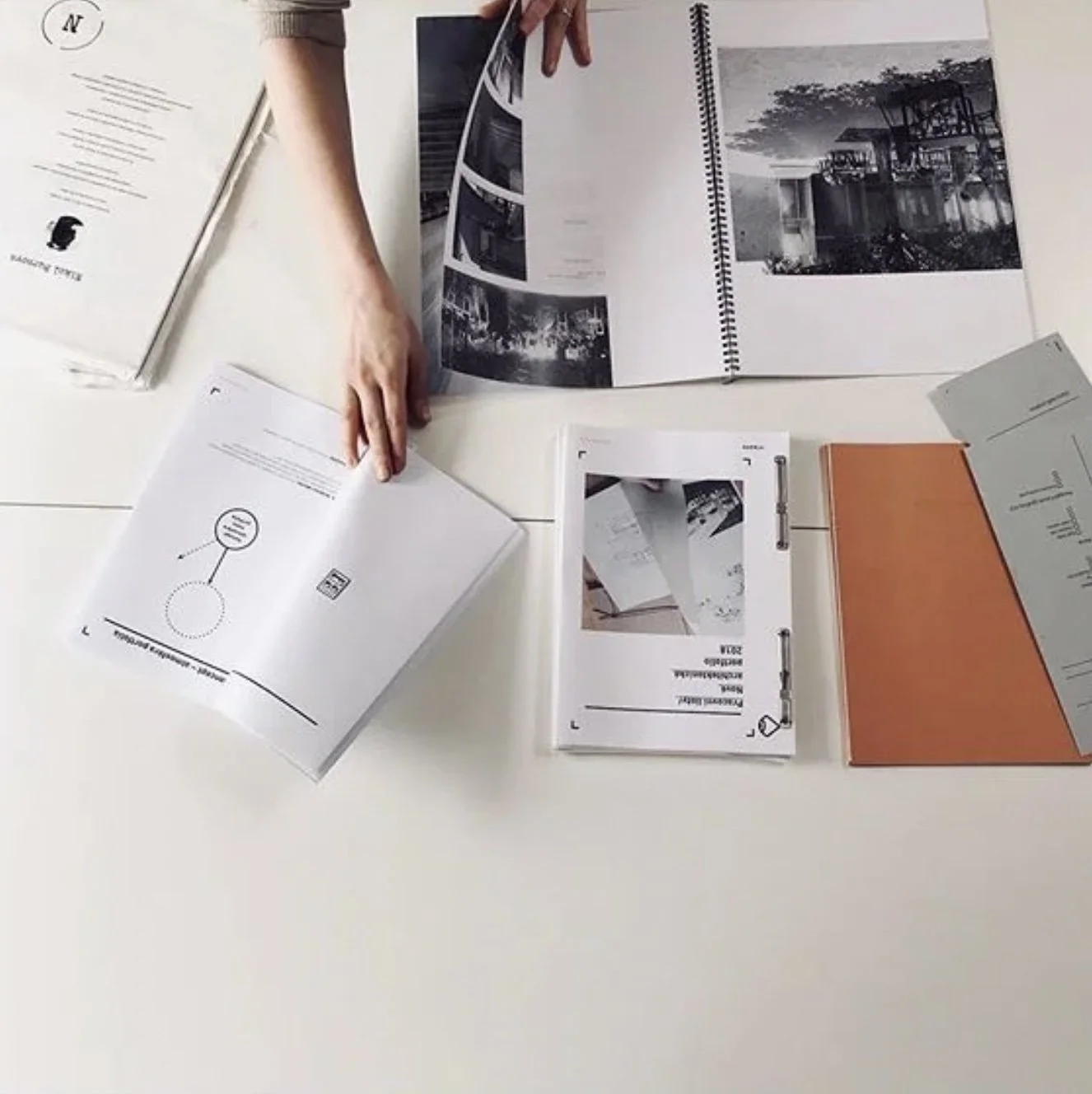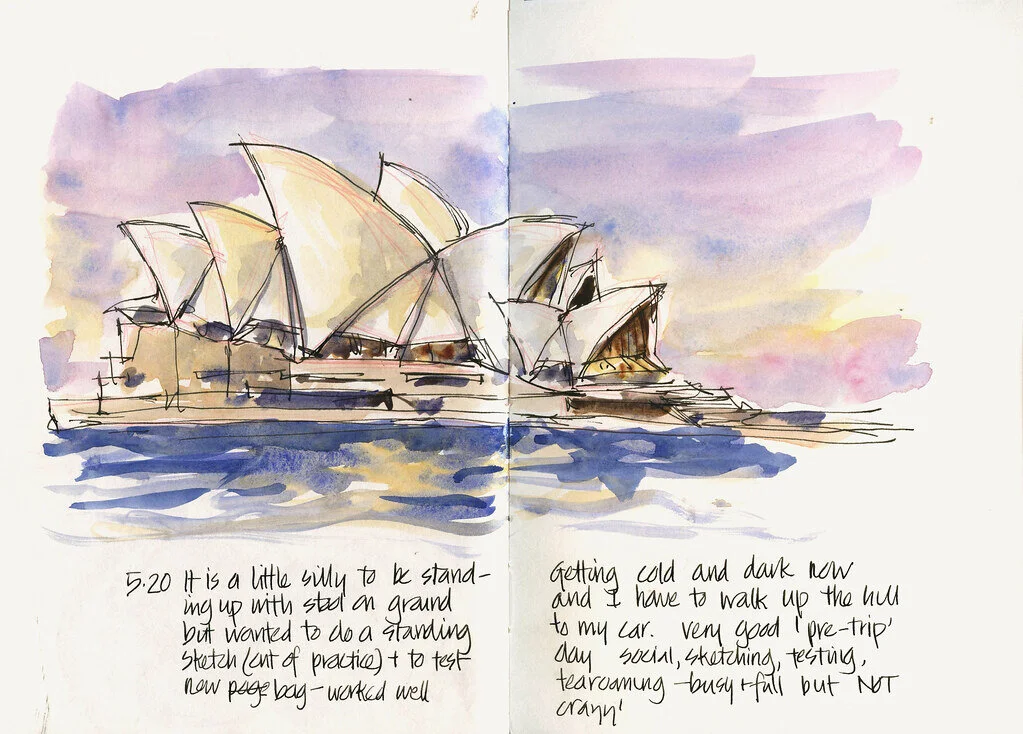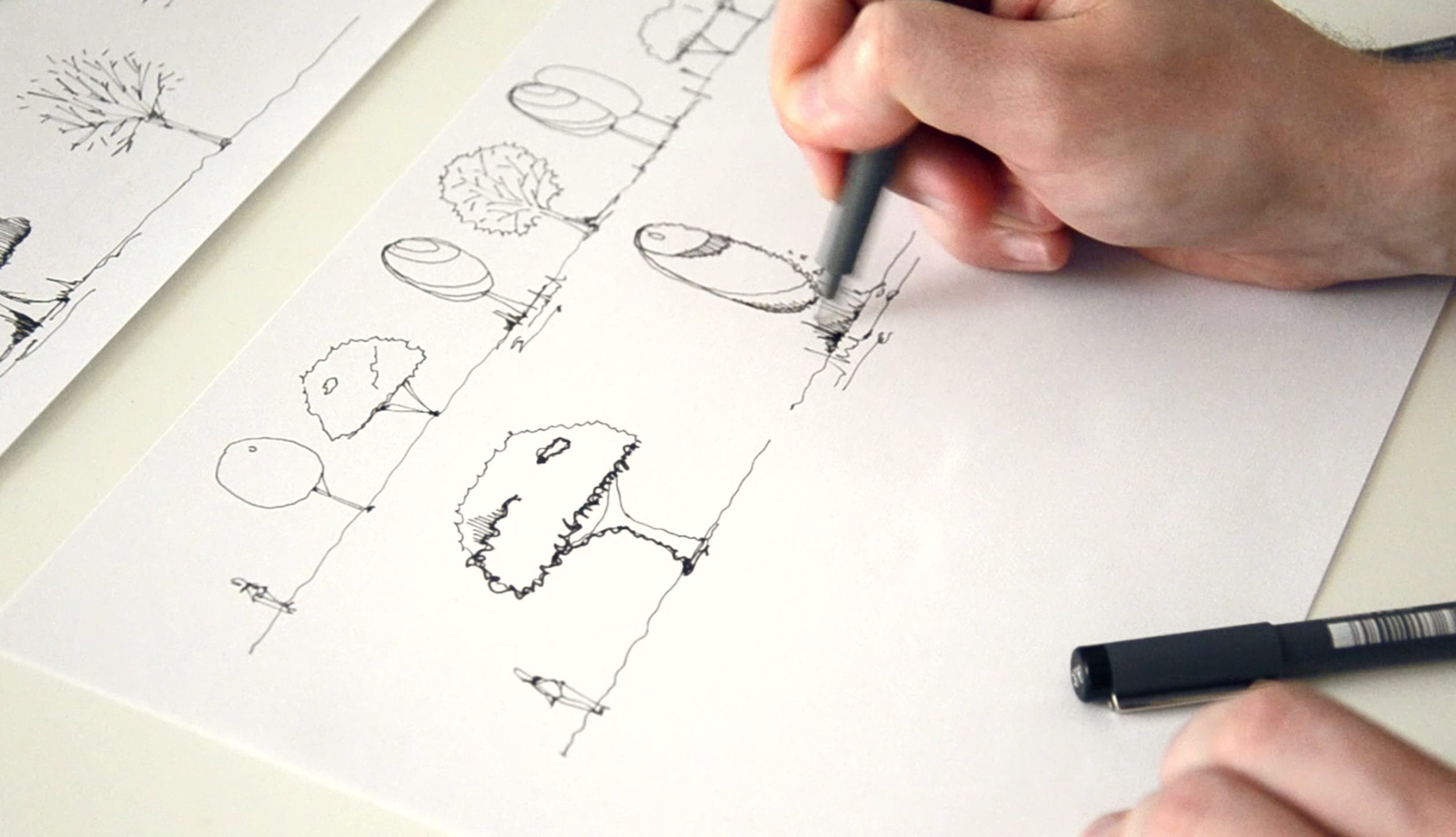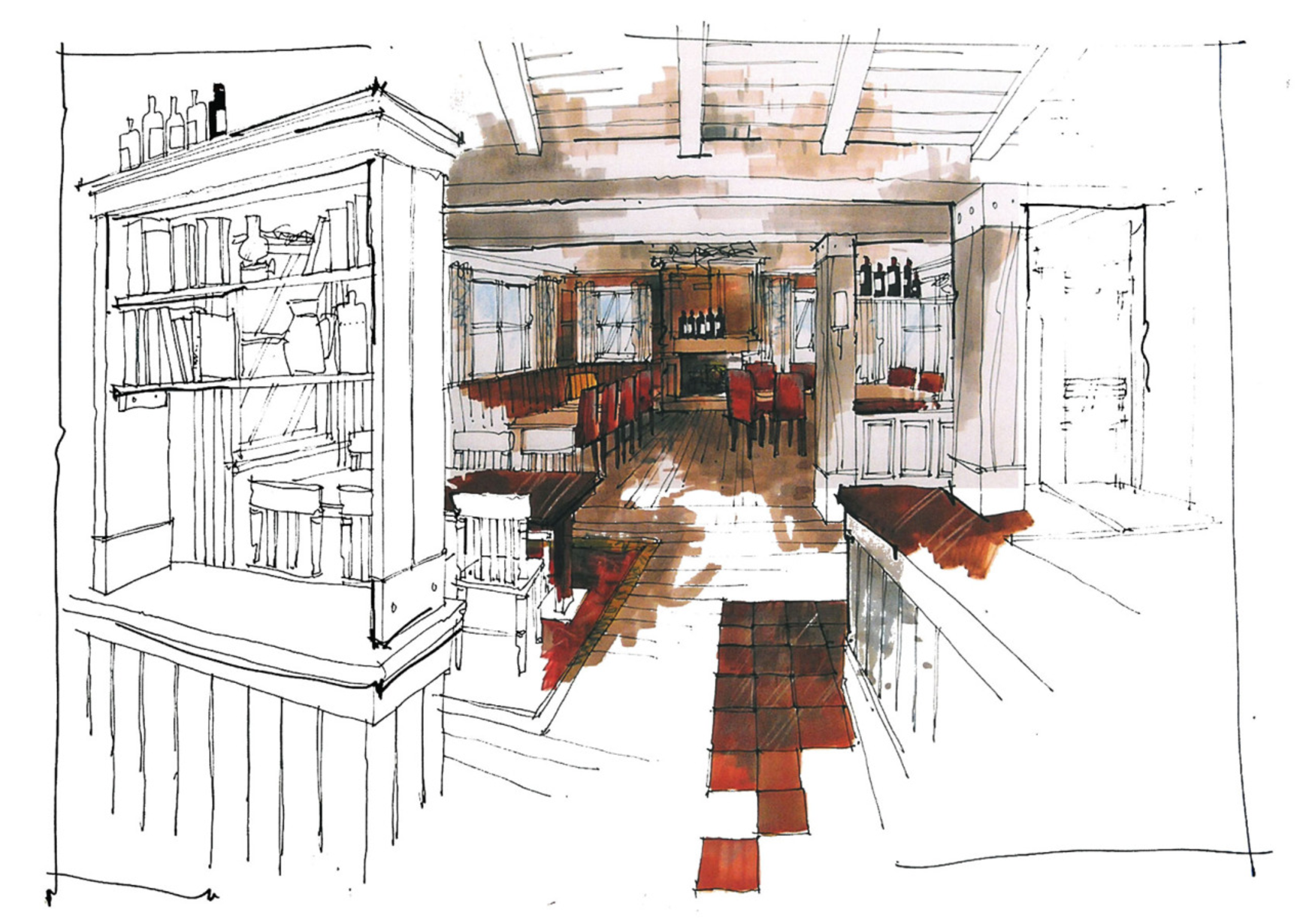Welcome to another episode of my podcast!
Meaningful conversations with architects, artists, and designers.
Meet my today’s guest — Henry Gao from YouTube @HenryGao
Henry is a home designer, YouTube creator, architecture photographer, and illustrator. His new passion is teaching online iPad drawing for architects.
“Today, I am a San Francisco-based home designer, illustrator, artist, and photographer. I take every bit of inspiration from my childhood into my everyday work. I don’t just design spaces – I tell stories through them.”
In our conversation, Henry redefines the path of architects, focusing on personal brand and creativity over traditional norms. He encourages architects to explore new roles by matching their interests with possibilities. Managing various roles, Henry shares tactics to prevent burnout and maintain a fulfilling career. We also discussed top drawing apps for iPad, making design easier across different project stages.
In his interview with Eric Reinholdt from "30X40 Design Workshop", Henry shares the art of creating "white space" amid architecture commitments. Architects are guided to find time for learning, exploring, and testing new things. Link to that interview: here
Drawings by Henry Gao, learn about sketching on iPad from Henry in his workshop: here
Watch also Henry’s video "My 4 Streams of Income as an Architectural Designer” :
Stay connected with Henry online:
Website: www.henrygao.com
Instagram: @drawwithgao
YouTube: @HenryGao
Interview with Henry Gao by Olga Sorokina.
P. S. Please share this interview with someone you know will benefit from it.
